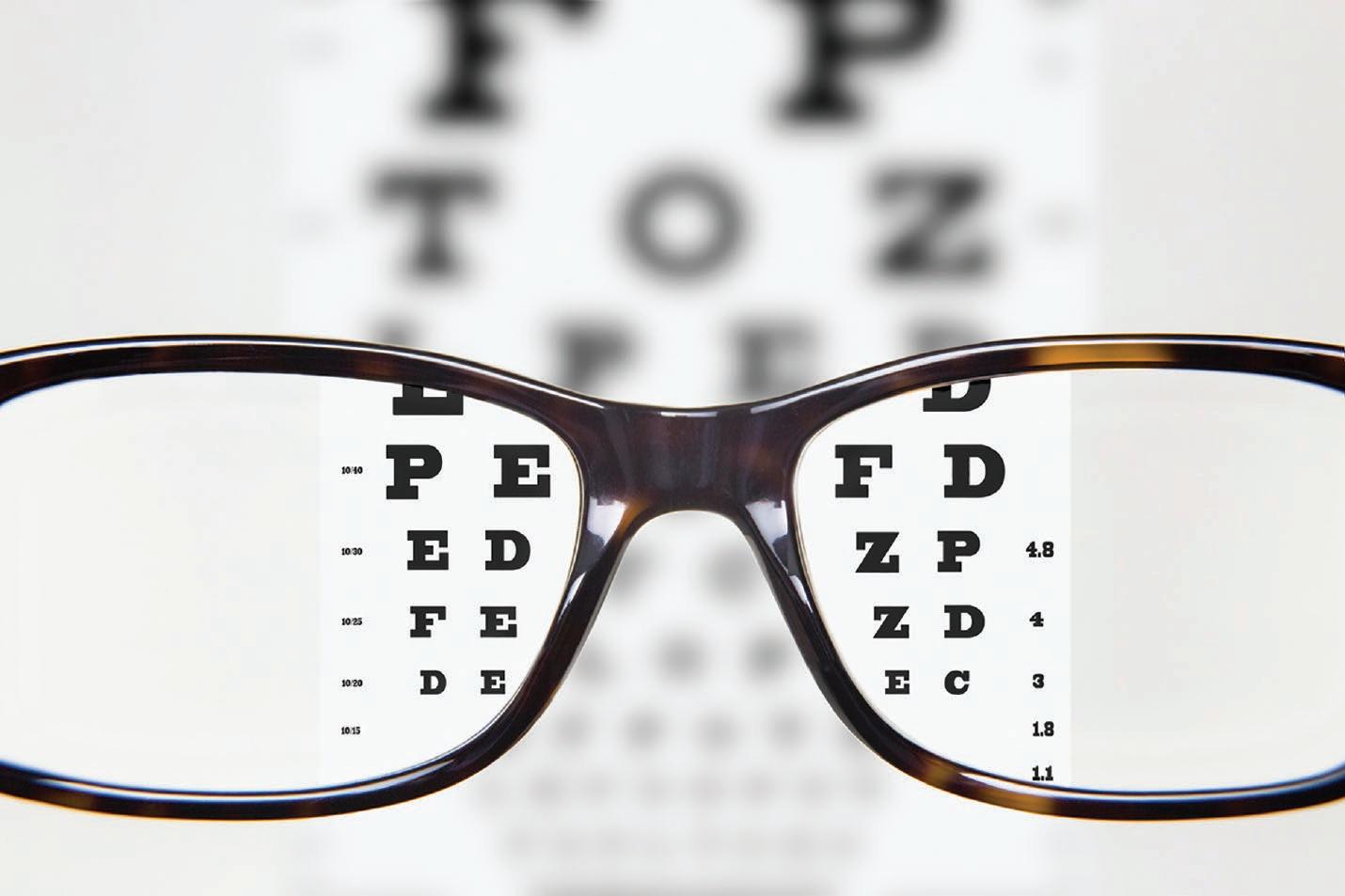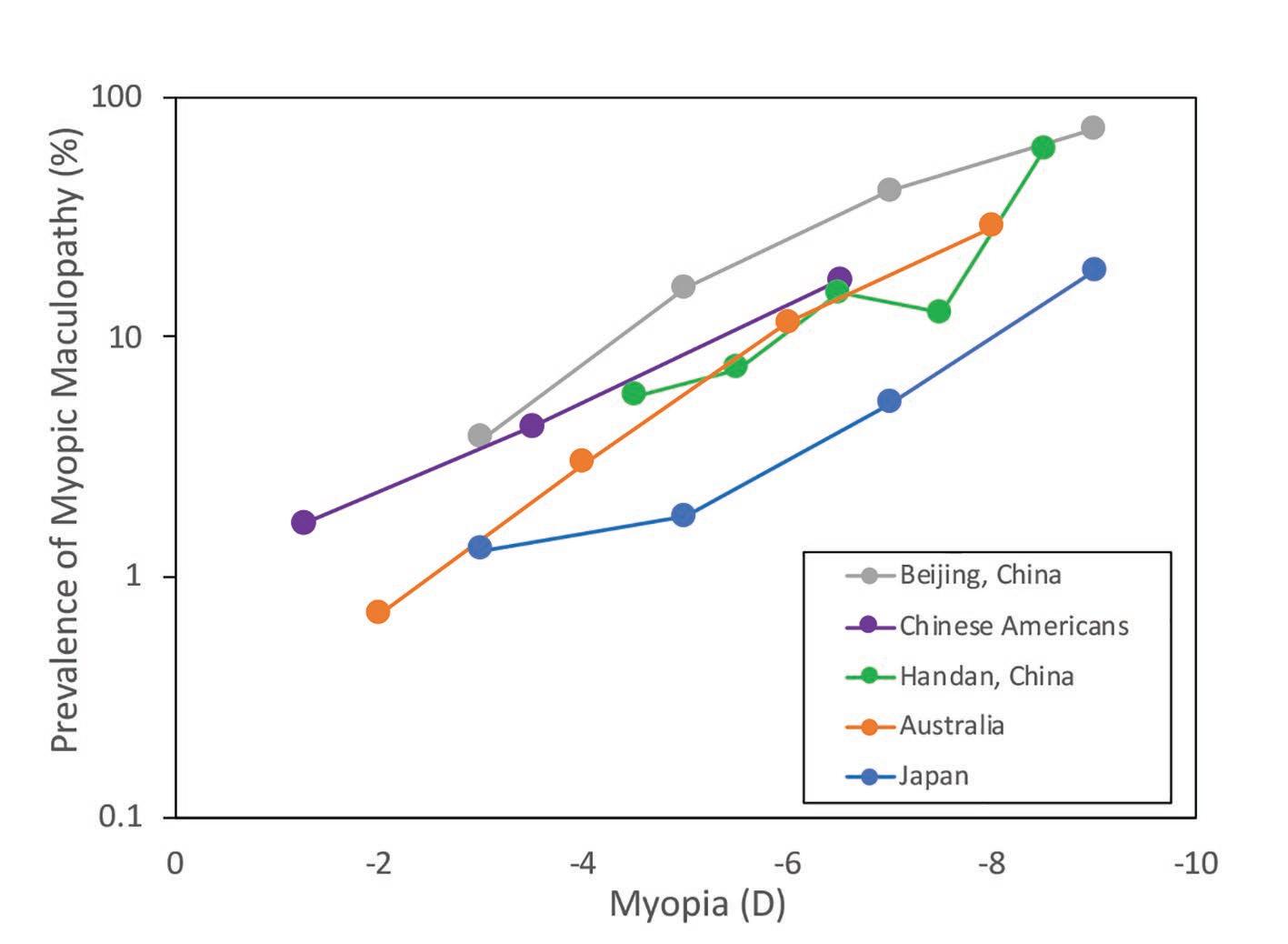ADVANCING THE TREATMENT OF MYOPIA IN CHILDREN
Advancing the Treatment of Myopia in Children: Management Interventions Professor Nicola Logan, BSc, MEd, PhD, MCOptom, SFHEA, FBCLA School of Optometry, Aston University, Birmingham, UK
Introduction The previous article discussed myopia prevalence predicting that myopia may affect approximately 50% of the world’s population by the year 2050 based on trending myopia prevalence figures.1 Critical to minimising the irreversible visual impairment of myopia-related ocular pathologies are interventions to actively manage myopia.2 These interventions may prevent or delay the onset of myopia, or halt or slow its progression.3 The physiological axial length changes associated with the progression of myopia is the precipitating factor in sight-threatening ocular conditions such as retinal detachment. Consequently, any intervention to slow myopia progression must also reduce the rate of axial elongation of the eye. Management strategies are growing in number with a significant body of research committed to enhancing and developing new approaches. However, we are at an exciting time whereby we can translate the evidence from research evidence through to commercially available interventions that can be used in clinical practice. This article highlights the research behind such interventions under three categories, behavioural, optical, and pharmacological and discusses the evidence to integrate these into clinical practice.
Behavioural Interventions Epidemiological and animal studies have suggested that an individual’s environment and lifestyle play a key role in myopia development.4 Time outdoors There is a large body of epidemiological evidence that points to the protective effect of time outdoors in delaying or preventing the onset of myopia. A systematic review and meta-analysis found that the odds of myopia can be reduced by 2% per additional hour of time spent outdoors.5 Additionally, it has been found that different amounts of light exposure correlate with the axial growth rate of the eye.6
The research prompted three intervention trials to take place, all of which were based in China where the prevalence of myopia in school-aged children is as high as 60%.7 He et al,8 and Jin et al,9 introduced an extra 40 minutes of outdoor activity during the school day and both found a significant reduction in myopia progression of 11% and 18%, respectively. Wu et al introduced an additional 80 minutes per day and found a 23% reduction in myopia progression and reported a reduction of 50% in the incidence of new myopic cases over a one-year period.10 This research supports the theory that increased time outdoors is influential in myopia development. The research evidence is stronger in terms of delaying the onset of myopia compared with slowing progression and this in itself is beneficial, as we know that the younger a child is when they develop myopia the greater the final amount of myopia is likely to be.11 The protective effect of time outdoors on myopia onset has been widely investigated however, despite this large body of supportive evidence the exact mechanism behind this protective effect is still unclear. It has been suggested that circadian rhythms and their associated hormones triggered by sunlight may play a role in myopic growth. The retinal dopamine system has been found to be involved in the control of eye growth and the production of dopamine in the retina is stimulated by light.12 Additionally, research has found that myopes have significantly higher levels of serum melatonin concentration than nonmyopes.13 It may also be related to the different dioptric environment, we observe much greater distances when outdoors compared to the many close objects we view indoors.2 Despite the lack of certainty surrounding the mechanism of the protective effect of time outdoors, it should be considered as an effective and straightforward strategy to reduce the risk of myopia development in children. Countries in East Asia such as Singapore and Malaysia have launched campaigns to educate parents and promote time outdoors. Advocating a little extra
There is a large body of epidemiological evidence that points to the protective effect of time outdoors in delaying or preventing the onset of myopia
WWW.HOSPITALREPORTS.ORG | 9






